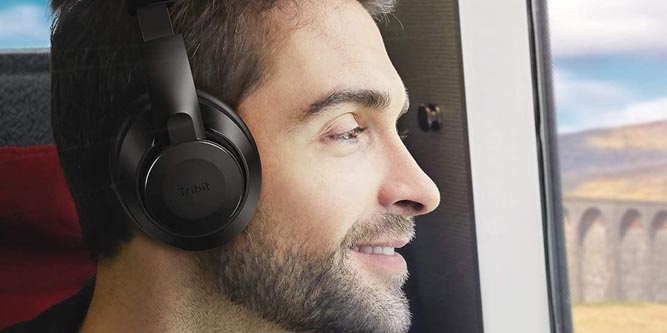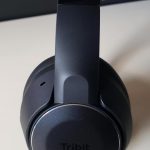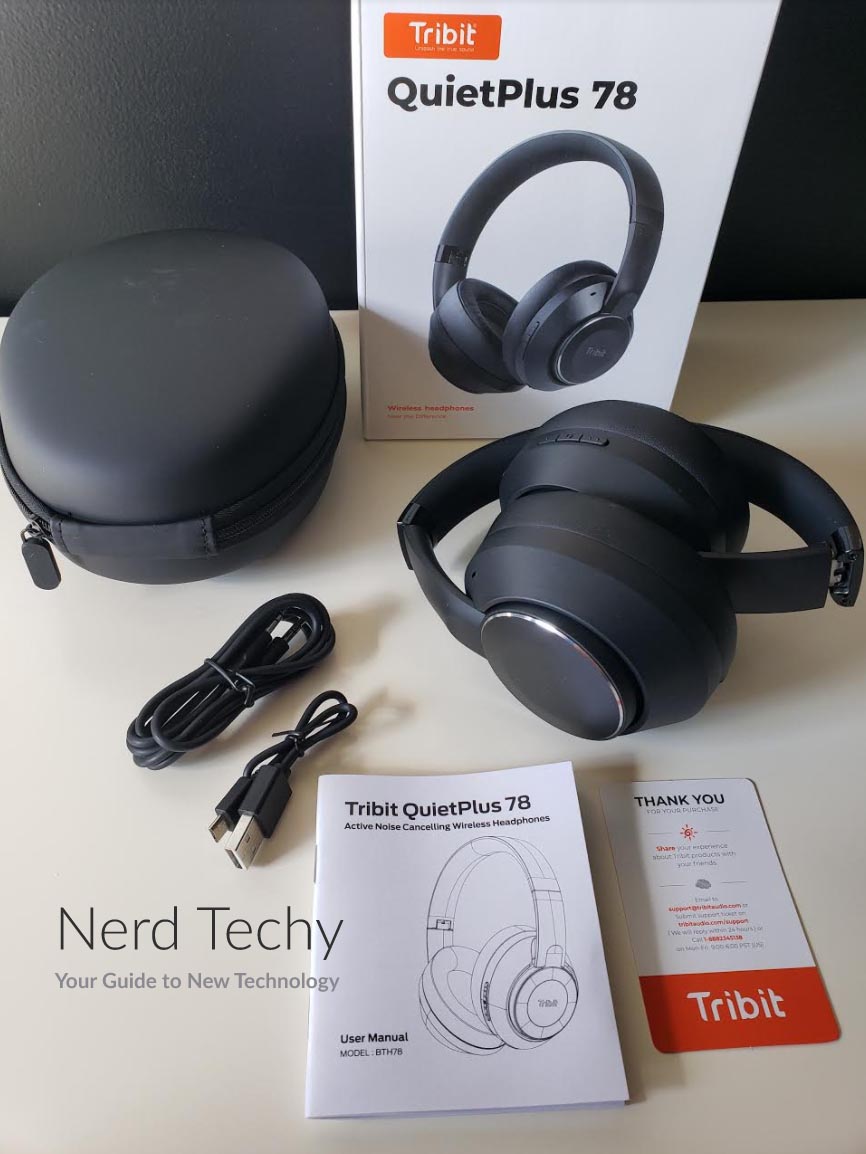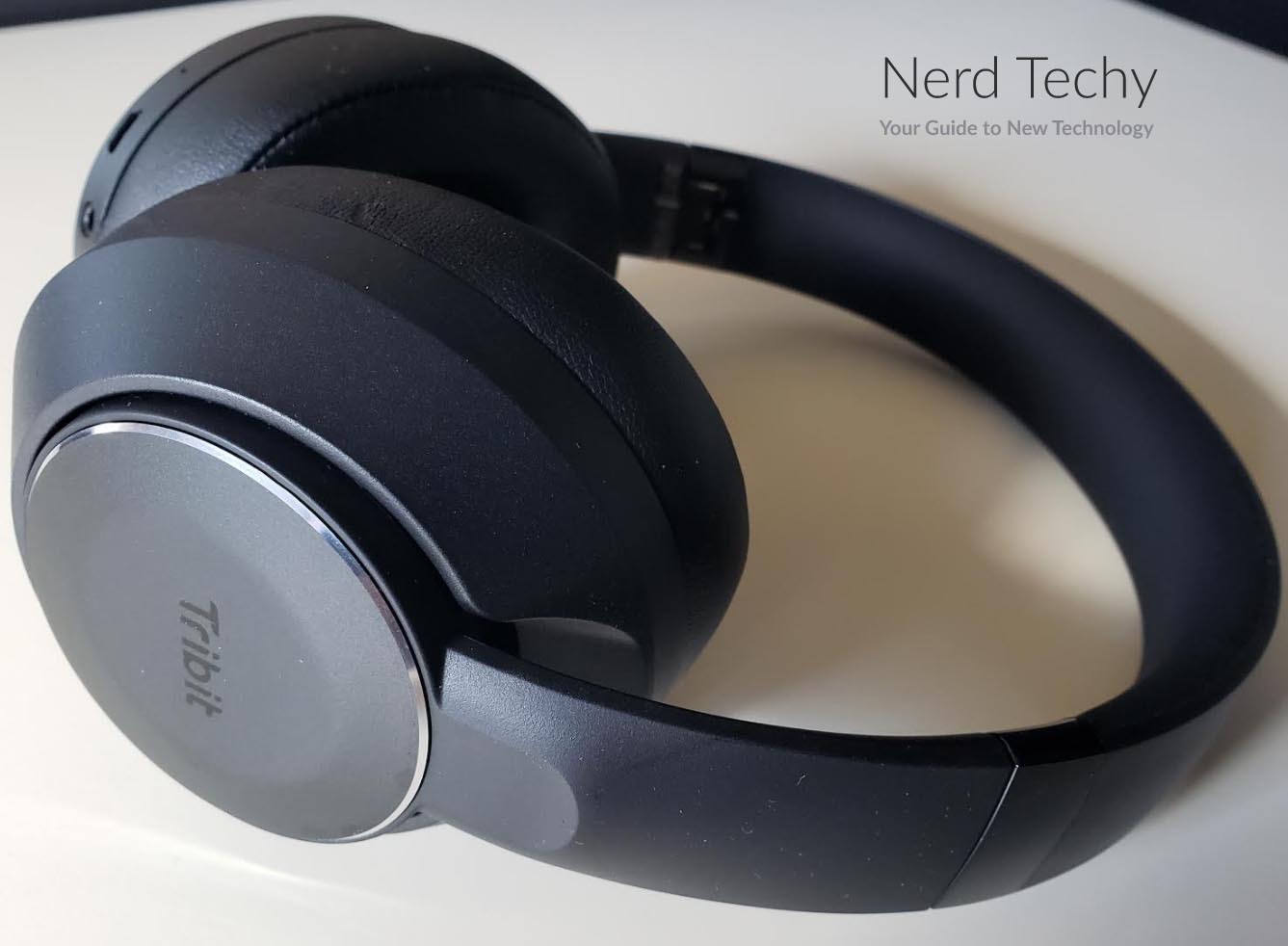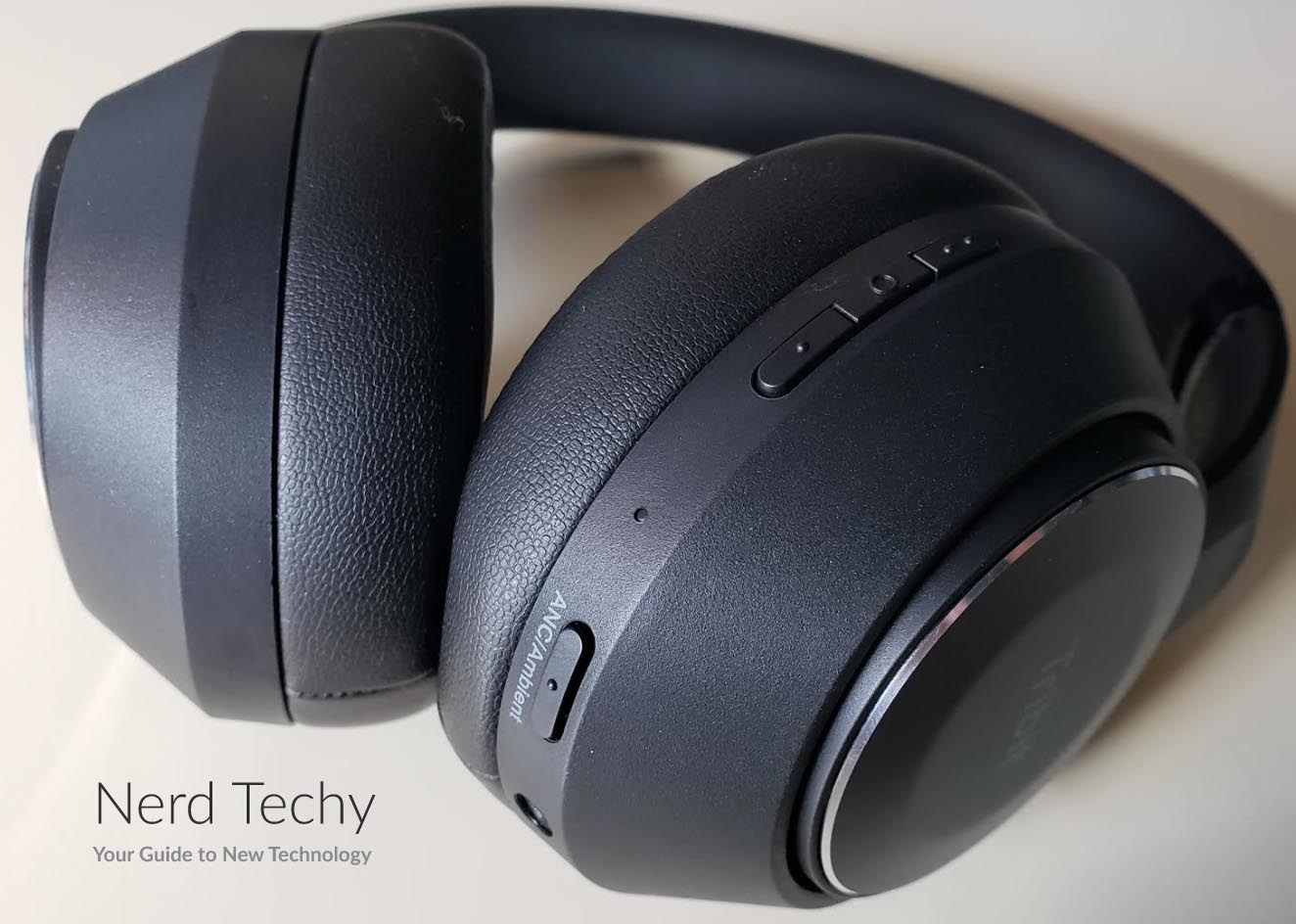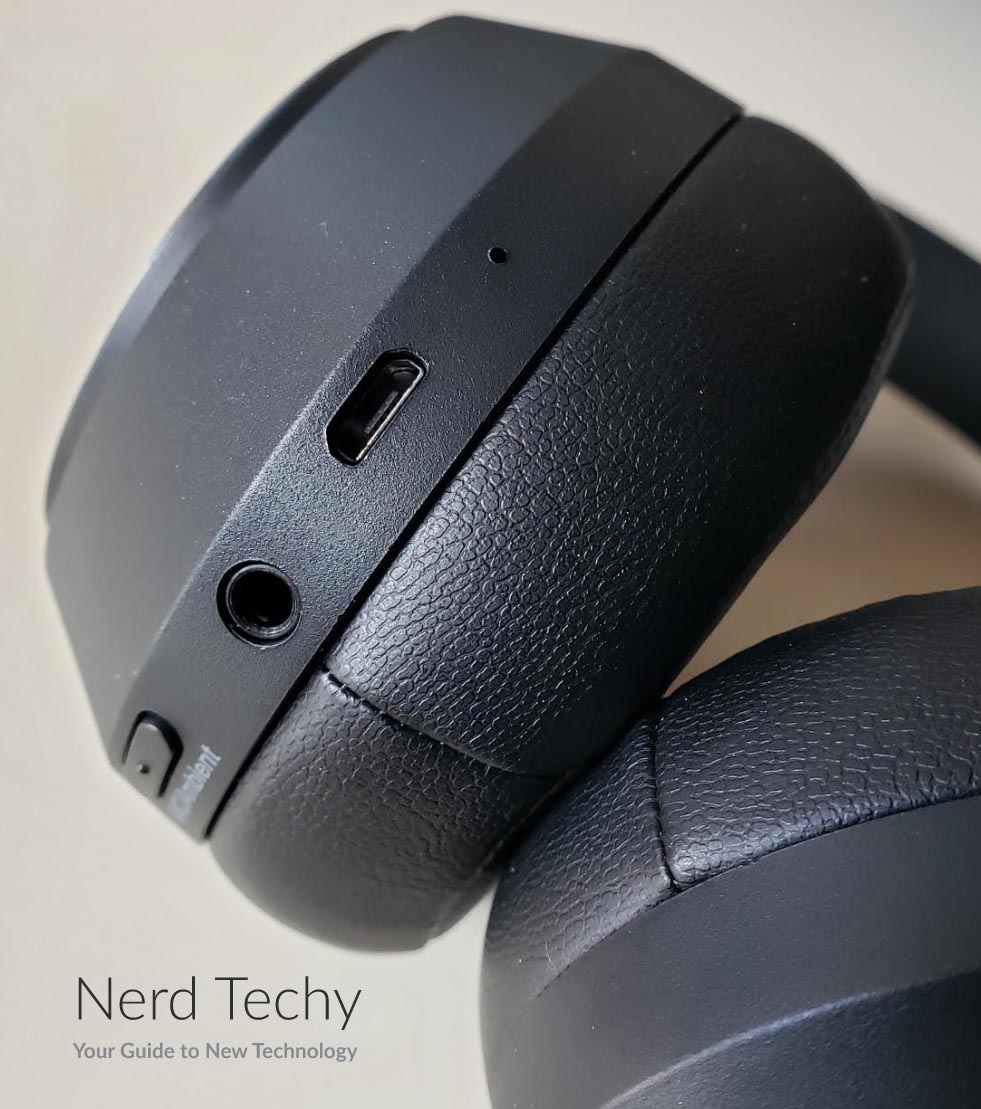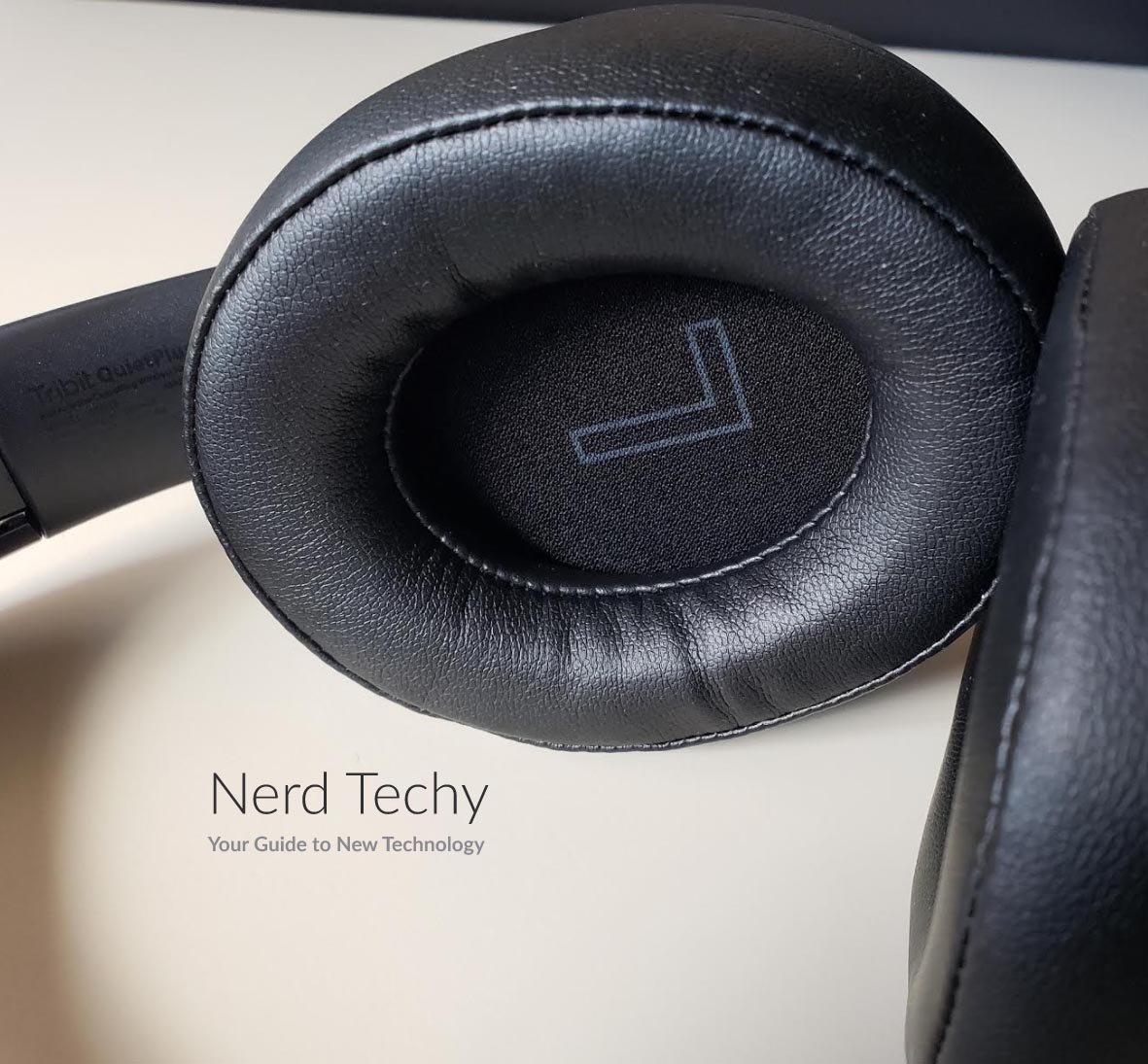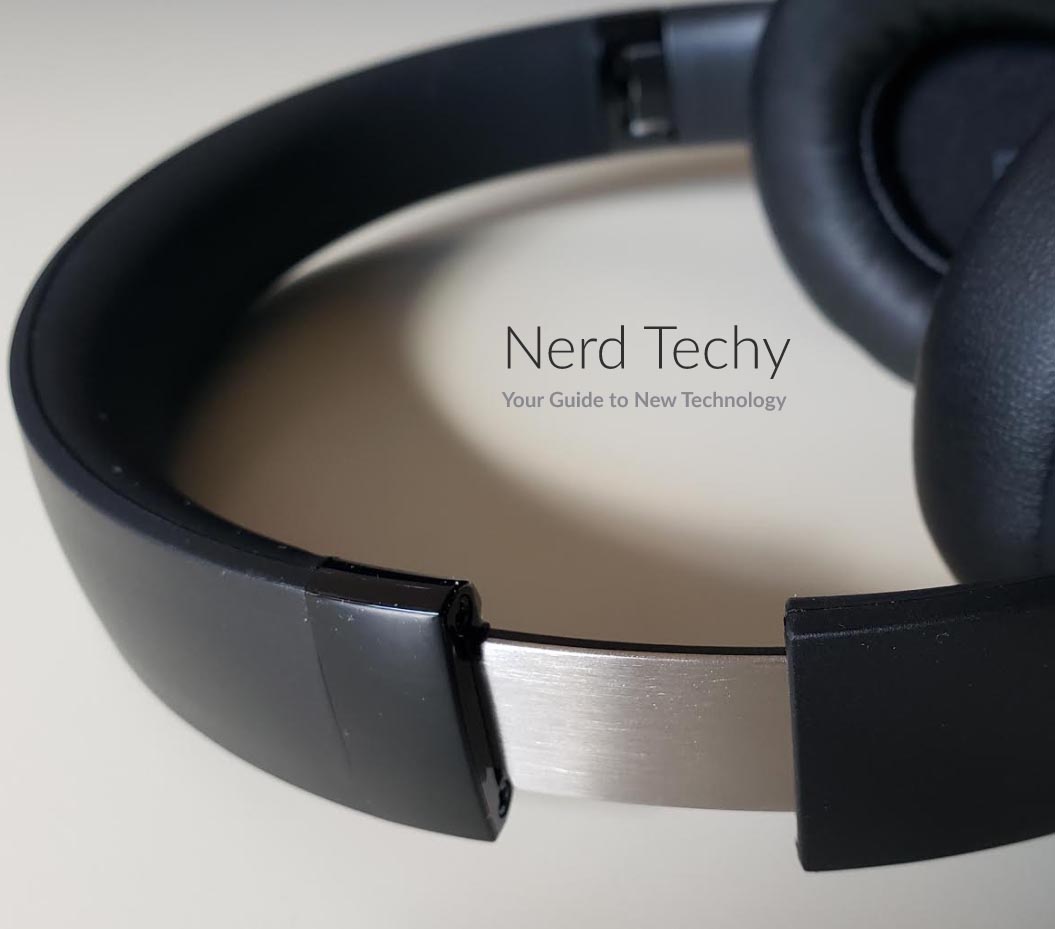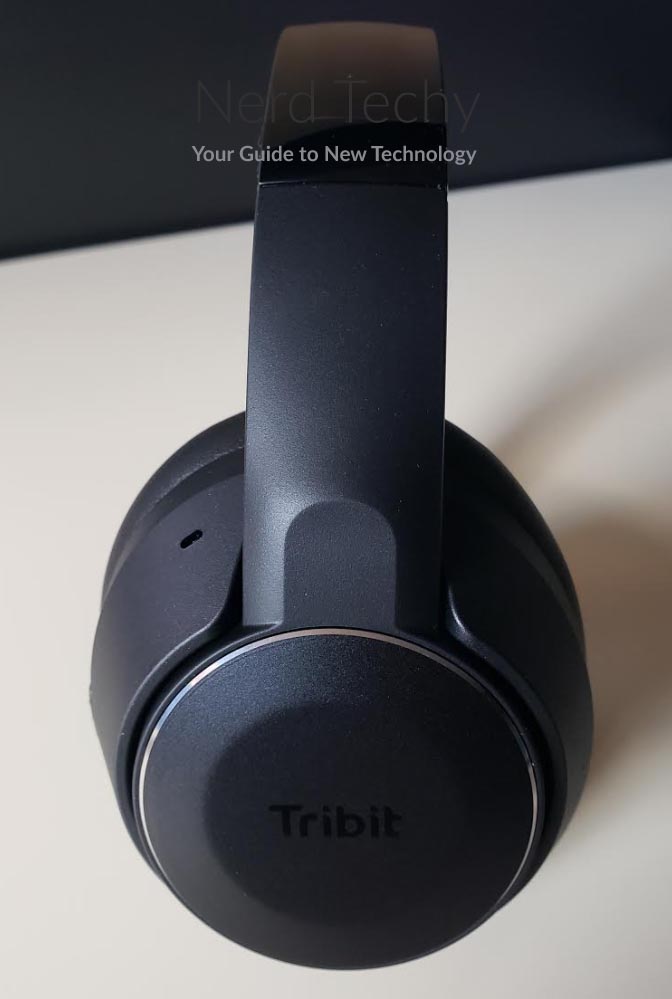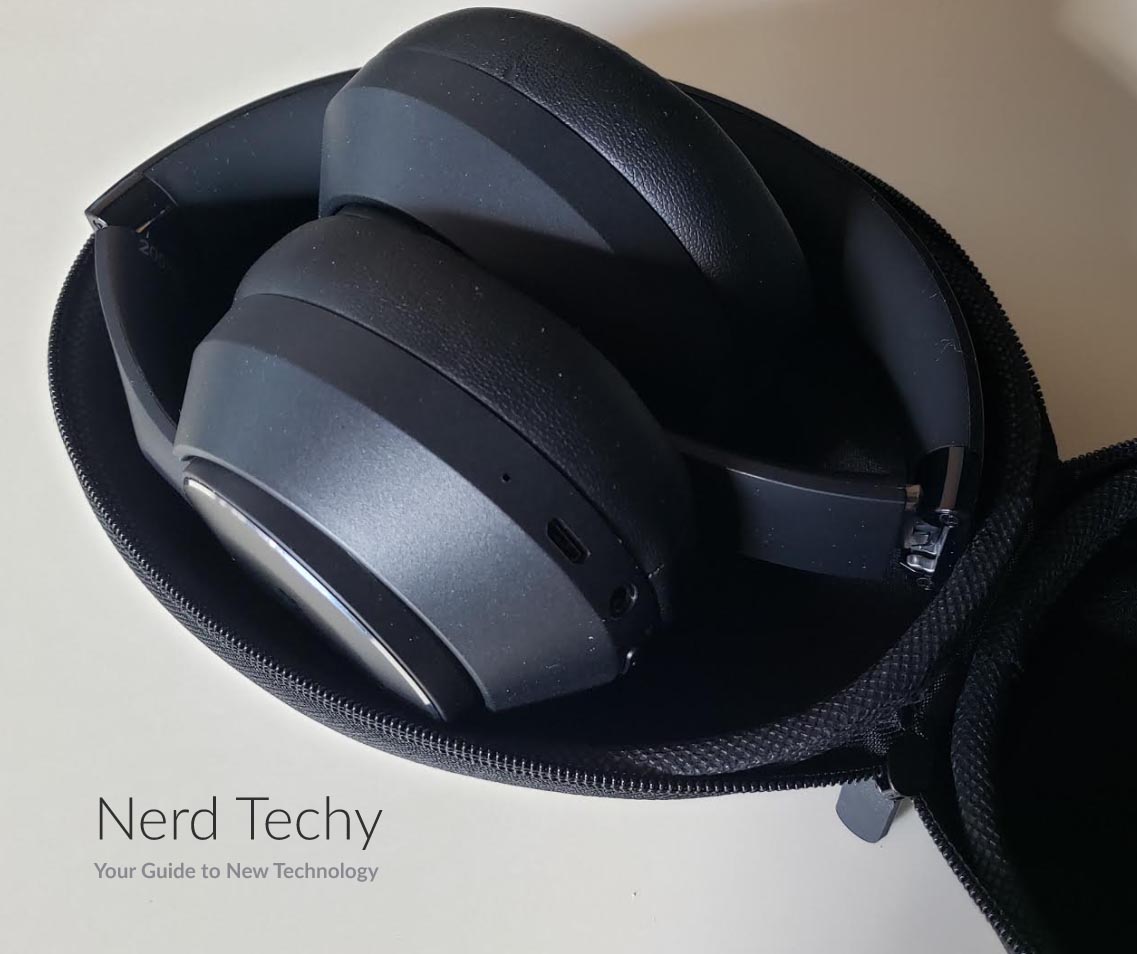These days, the market is jammed to the gills with wireless earbuds. A quick internet search will reveal thousands of models, each claiming to be the best. This has all come about due to the invention of True Wireless Stereo (TWS) technology. Earlier wireless technology only allowed for very low-quality audio, such as for phone calls. It wasn’t suitable for listening to music, and couldn’t even play anything in stereo. With TWS, you can get the same quality audio from a pair of wireless buds as you can with wires. Because of this new technology, all kinds of manufacturers are jumping on the wireless gravy train.
But this begs the question: why aren’t there more wireless headphones? After all, the whole point of TWS is to give you better audio quality. If what you crave is the smoothest listening experience, over-the-ear headphones are where it’s at. There’s just so much more you can do with larger cans as opposed to tiny earbud drivers. Thankfully, there are still some excellent Bluetooth headphones to be had, if you know where to look.
Today, we’re going to review the Tribit QuietPlus 78 Active Noise Cancelling Headphones. Tribit is a well-known manufacturer of audio equipment. In addition to headphones, they also make some good quality Bluetooth speakers that are worth considering. These headphones are built to provide the best listening experience possible for a moderate price. So, has Tribit achieved their goal? To find out, we’ll dig deep into all aspects of these headphones. Once we’ve covered everything, we’ll render our final verdict. Let’s get started!
Overall Design
The Tribit QuietPlus 78 Active Noise Cancelling Headphones are a big set of over-the-ear cans for serious audiophiles. They’re not heavy by any means. Actually, they sit flat to your head, and there’s no unnecessary weight. However, the ear cups have a wide, circular profile that accommodates even very large ears. It also allows for larger drivers than you’ll find in comparable oval-shaped ear cups. That said, many people prefer an oval profile that doesn’t come as far down towards your cheeks. In that case, consider the Tribit QuietPlus ANC Headphones. They’re similar in many ways to the QuietPlus 78, but with smaller drivers and oval ear cups.
The ear cups themselves are cushioned with a thick, rich memory protein that holds its shape well. It’s also reasonably breathable. Sweat and other moisture will simply be wicked away, and won’t pool up against your face. The lush padding also ensures that the ear cups won’t get uncomfortable during long-term wear. If you’re going to wear them for hours on end or for an airplane flight, they won’t develop pressure points.
The outer housing is constructed from a charcoal grey ABS plastic with a clean, satin finish. This finish is easy to clean, and won’t collect fingerprints like a glossy finish. The ear cups pivot on the ends of the frame, and can rotate in either direction. This serves two purposes. First, it allows the headphones to fit a wider variety of face shapes. Second, it allows them to be easily folded up for storage and transport. The headband itself is also foldable, with joints towards either end. It has a similar grey shell to the rest of the unit, and looks like it’s all of one piece. That said, it’s reinforced with an inner aluminum band, and can be adjusted to length as needed.
All the controls and ports are located on the right ear cup. There, you’ll find a Micro USB charging port and 3.5mm audio jack towards the bottom. Near these ports, there’s also a power button that cycles through ANC modes. Towards the front, you’ll find the three other buttons. These include a play/pause button that doubles as an answer/end button for phone calls. There are also volume buttons that can be used for skipping audio tracks. Unfortunately, cramming all these ports and controls onto one ear cup can get awkward. It’s easy to fumble and hit the wrong button. The design would have been better if the buttons were split between both ear cups.
Along with the headphones themselves, you get a few extras. First, there’s a Micro USB charging cable for keeping your battery charged. Second, there’s a 3.5mm audio cable for using the headphones in wired mode. Finally, there’s a soft EVA carrying case. The lightweight foam isn’t crush-proof, but it protects you from scratches and everyday bumps. It also helps you keep track of any cables you’re not currently using.
Battery & Connectivity
The internal battery of the QuietPlus 78 carries enough charge for about 35 hours of playtime. This assumes playback at moderate volumes, without ANC active. At higher volumes, with ANC, you can expect more in the neighborhood of 20 hours. That’s still pretty impressive, considering how powerful the internal drivers are. Charging via Micro USB takes about two hours, assuming you start with a dead battery. Alternatively, a 10-minute quick charge will provide enough juice for four hours of playback. This will at least get you through a commuter train ride or a short flight.
The QuietPlus 78 Active Noise Cancelling Headphones connect to your phone via Bluetooth 5.0. This is the current Bluetooth standard, used by most modern devices that are now in production. It represents a marked improvement over Bluetooth 4.2, for three primary reasons. To begin with, it offers significantly lower latency. This means you can watch movies or play games without the audio going out of sync. Secondly, Bluetooth 5.0 has a more stable signal, so you won’t lose sync as easily. Finally, you can listen to higher-bitrate music, so your audio quality will, at least theoretically, be better.
In addition to Bluetooth, you can also connect these headphones via the included 3.5mm audio cable. This might seem like a feature you’d never use. Why would you, when you can take advantage of a Bluetooth connection? As it turns out, a wired connection still has some useful attributes. For one thing, you don’t have to worry about running the battery dead. You can also keep on listening even after your battery has been drained in wireless mode. Another benefit is if you want to connect to older devices that don’t have a Bluetooth connection.
That said, using the wired connection also comes with a couple of distinct disadvantages. To begin with, the control buttons won’t do anything in this mode. You’ll have to adjust the volume directly on your device. This also means you won’t be able to use the buttons for hands-free calling. In addition, using the ANC mode requires a wireless connection. This is because the ANC function requires power, which cannot be supplied from the battery in wired mode.
Audio Quality
The heart of the Tribit QuietPlus 78 headphones are their huge, 40mm drivers. These drivers are designed to push a lot of air, which means you can get very powerful bass. That said, “powerful” is not always the same as “rich.” There are plenty of bass-heavy headphones that sound like the Brown Noise from South Park. Thankfully, these headphones are not among their number. The bass sounds fantastic, and doesn’t rattle the housing even at very high volume levels.
The rest of the audio spectrum is up-to-snuff, as well. The treble is bright and shimmery, with plenty of shine. Cymbals and strings have the vibrance of a live orchestra, approaching levels we’d refer to as “studio-quality.” The midrange is no slouch, either. Vocals are front and center in the mix, just as you’d expect from true audiophile cans. All of this is enhanced by a wide soundstage that leaves plenty of separation between the instruments. While you’re listening, you’ll feel like you’re in a real space. All in all, the audio quality here is much better than we’d expect at this price point.
The ANC button can cycle between four different ANC modes. The first is “off,” which should be obvious. You listen to your music as normal, without any ANC. This mode is best if you want the longest battery life. “Low” is the next setting, and will suffice for quiet to moderately-noisy environments. If you want to tune out the hum of an office, you can do it without blocking out all conversation. “High,” is the most powerful setting, and reduces noises by up to 32dB. That will literally reduce a power drill to the volume of normal conversation.
The last setting is ambient mode. Ambient mode is actually not ANC at all. If anything, it’s the opposite of ANC, designed to let more outside noise in. This is useful if you want to have a quick conversation. Click the button, thank the barista for your change, and get back to your music.
One area where the QuietPlus 78 headphones don’t perform as well is noise isolation on the microphone. On hands-free calls, the other person will hear a fair bit of background noise. This can be problematic if you’re trying to chat in a crowded environment. If you want over-the-ear headphones that are also excellent for hands-free calling, check out the Tribit QuietPlus 72. They use CVC 8.0 noise isolation to make your voice come out front and center. That said, they have a Bluetooth power-saving mode that’s been known to power them down erratically.
Final Verdict
As you can see, the Tribit QuietPlus 78 Active Noise Cancelling Headphones are an excellent value. To begin with, the sound is absolutely fantastic. From the bass to the treble to the soundstage, you’re looking at the complete package. The battery life is long enough to last for a full day, even while you’re sleeping. And the design is comfortable, rugged, and easily portable. They aren’t ideal for hands-free calling, and the controls are a bit clunky. But for studio-quality sound at a moderate price point, you’re looking at a great choice.
Meet Ry, “TechGuru,” a 36-year-old technology enthusiast with a deep passion for tech innovations. With extensive experience, he specializes in gaming hardware and software, and has expertise in gadgets, custom PCs, and audio.
Besides writing about tech and reviewing new products, he enjoys traveling, hiking, and photography. Committed to keeping up with the latest industry trends, he aims to guide readers in making informed tech decisions.

